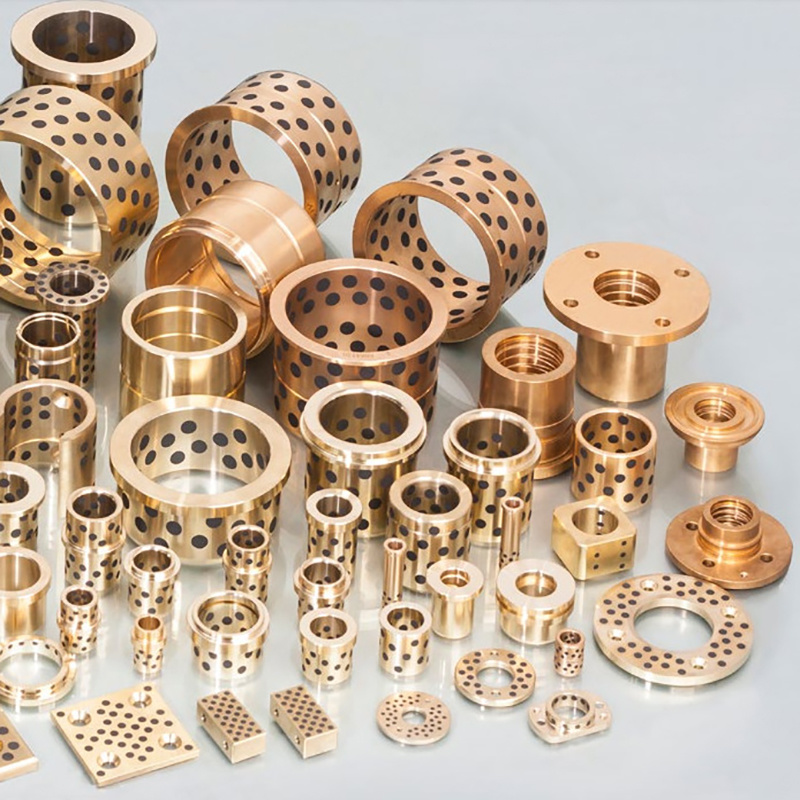Brass bushings, a vital component in a variety of mechanical systems, are as versatile as they are essential. These small but mighty parts are crafted from an alloy of copper and zinc, known for its strength and resistance to corrosion. But what exactly are they used for? Let's delve into the multifaceted world of brass bushings and explore their applications and the technologies that enhance their performance.
What Are Brass Bushings?
A brass bushing, commonly referred to as a bushing sleeve or simply a bushing, is a type of sliding bearing. It is designed to provide an interface between two moving parts, acting to reduce friction and wear while enhancing performance and extending the lifespan of a machine. These components come in various shapes, including flanged bushings, which feature a flange at one end to provide axial positioning and prevent the bushing from moving through the mounting assembly.

Composition and Characteristics
The primary advantage of brass bushings stems from their material properties. Brass, being an alloy of copper and zinc, provides excellent durability and resistance to wear and tear. This makes brass bushings particularly useful in applications requiring high tensile strength and reliability. Moreover, they are often favored in conditions where corrosion could be an issue, as brass is naturally resistant to corrosion in many environments.
Innovations in Brass Bushings
A notable advancement in the field of bushings is the development of threaded brass bushings and oilless or oil-free bearings. Threaded brass bushings feature internal or external threads that make them easier to install and adjust within machinery, which is particularly useful in complex assemblies.
On the other hand, oilless or oil-free bearings represent a significant innovation in bushing technology. These self-lubricating bearings are designed to operate without the need for additional lubrication, thereby reducing maintenance needs and preventing contamination from lubricants. This self-lubrication is often achieved through the inclusion of materials like graphite within the bushing. Graphite bushings, for instance, release tiny particles that act as a lubricant to keep the bearing surface smooth and free of excessive friction.
Applications of Brass Bushings
The applications of brass bushings are broad and varied, spanning across numerous industries. Some of the most common uses include:
Conclusion
From reducing friction and wear to enhancing the efficiency of mechanical assemblies, brass bushings play a crucial role in the functionality and longevity of machines. Whether they're being used in the harsh environment of a marine setting or the precise operations of custom machinery, these bushings demonstrate versatility and durability. With ongoing advancements such as oil-free technology and the integration of self-lubricating materials like graphite, brass bushings continue to evolve, meeting the changing demands of industries worldwide. Indeed, these components are not just pieces of metal but are critical elements that ensure the seamless operation of much larger systems. As a professional brass bushing manufacturer and self-lubricating system provider, we would be pleased to advise you individually, and you are also welcome to send your inquiry to [email protected].